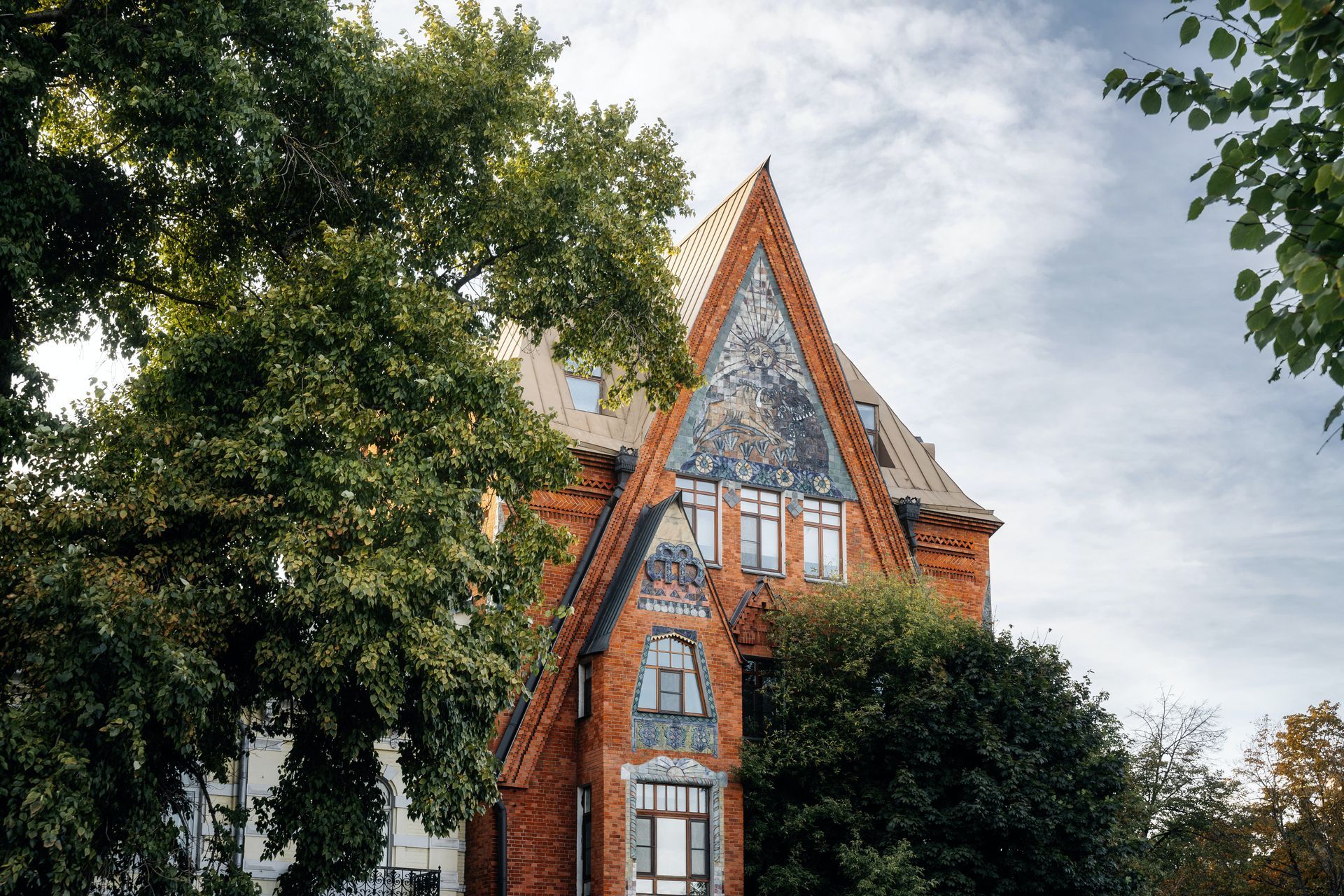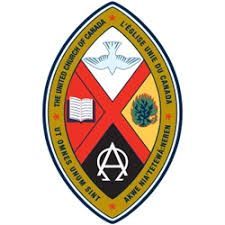History
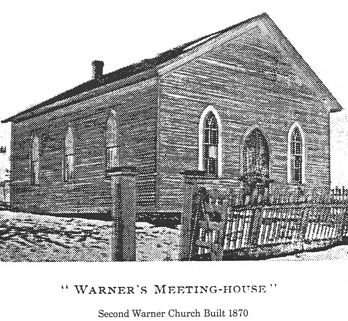
Christian Warner came to Canada in 1778 after being a prisoner in Saratoga for being a British Loyalist. He joined Butler's Rangers and served as a sergeant until after the war. He brought his wife and two children (who were carried in baskets on the back of a cow) to Canada in 1783.
Christian Warner was one of the first converts to Methodism of Major George Neal. He became a very zealous Methodist and held meetings in his home starting in 1788. In 1801 the first Methodist Church in Upper Canada, west of the Bay of Quinte, was built. It was known as "Warner's Meeting House" and meetings continued to be held there until 1870 when a smaller building replaced the original church. Christian Warner died in 1833 at the age of 79 and is buried in Warner Cemetery. The second Warner Meeting House was sold at public auction in 1908. The Warner Cemetery remains to this day close to this site.
St. Davids First Church 1813 - 1945
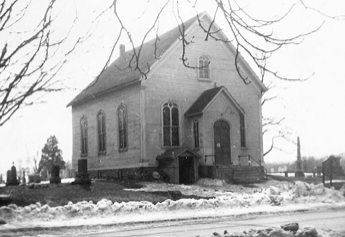
Major David Secord, after whom the village of St. Davids is named after, donated land at the base of the escarpment for a church and cemetery in 1813. This first church was burned with the Village in 1814 during the War of 1812 (war broke our Jun 1812; hostilities ended Jun 1815). A new church was built in 1815, but due to a division between two branches of Methodism it was not completed until 1843. Over the years renovations took place and the church served until February 18, 1945 when the last service was held in that building.
From 1883-1927 St. Davids was part of the Queenston-St. Davids-Stamford Methodist circuit. With the establishment of the United Church of Canada in 1925, St. Davids became the St. Davids United Church. From 1927-1996 St. Davids was part of the Queenston-St. Davids two-point charge.
St. Davids Present Day Church 1945 - 1990
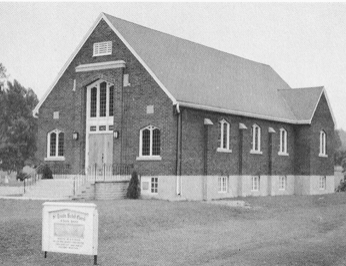
A new church building was started in 1945 on the present site. Services were held in the basement of the new church from April 17, 1949 until March 27, 1955 when the new church was dedicated. In 1963 a Christian Education building was started and dedicated on October 31, 1965.
In 1963, the St. Davids United Church had over 175 members in regular attendance. They had their Christian Education classes in the church basement, the choir loft, the sanctuary and wherever they could find space. It was felt that a more adequate space was required for the various church functions and for Christian education. A building committee was formed and the congregation decided to add an extension to the main building including a hall, kitchen, vestibule and washrooms. The congregation underwent an aggressive fund raising campaign and in October 1965 the new Christian Education Hall was opened and dedicated.
Another addition to the church started in 1982 when a new entrance to the church was required because the front steps of the church were badly in need of repairs. This time the work was completed by volunteers from the congregation. In March 1983, the new entrance and narthex was dedicated, which also coincided with the 28th anniversary of the present church building.
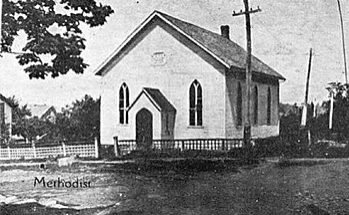
On October 7, 1786, Major George Neal crossed the swift flowing Niagara River to Queenston and brought Methodism to Upper Canada. Major Neal was a British Cavalry Officer but his desire to preach was first and foremost on his mind. He trusted his land grant to others to look after for him and he began his Bible classes. Neal continued his calling even though Itinerant Preachers were often shunned and insulted - even stoned and pelted with eggs.
Meetings were held in various homes and the old school until 1862 when a church was built. It was dedicated on January 25, 1863. In the 1940's and 1950's the village grew and Sunday school grew with it. The Church had no Sunday school rooms, no washrooms and no parking. The decision was made to move the church and a piece of property was bought, a basement dug and the church was moved, then an addition was added. The rededication was set for October 16, 1960, the 174th anniversary of the founding of the congregation.
Due to a declining number of congregation members, a very moving and historical service was held on October 6, 1996 to celebrate the amalgamation of the St. Davids and Queenston United Church congregations. . The Queenston church was given to the Niagara Parks Commission as an historical site and can now be rented for weddings, etc.
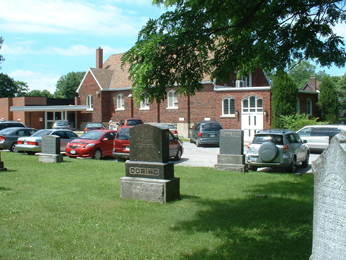
In 1996, St. Davids-Queenston United Church was formed from the amalgamation of the Queenston congregation and the St. Davids congregation. Morrison Methodist Church was established in 1863 as a Wesleyan Methodist church and joined the United Church of Canada in 1925. With the closing of the Morrison Street United Church in Niagara Falls in 2008, St. Davids-Queenston welcomed some of their congregation. The congregation remained steady until 2011 when we had an influx of over 30 new members join our church family through transfer of membership to St. Davids-Queenston.
In 2007, the congregation started investigating how to make St. Davids-Queenston United Church an accessible church in order to make our church more welcoming to all in the community. An accessibility committee was established and the congregation pledged to raise the funds to install a lift from the rear doors to the sanctuary, a chair lift down into the Christian Education Hall and an accessible washroom in the CE Hall vestibule. A loan was secured from the Niagara Presbytery Extension Council and the work was completed in 2009. The loan was paid off in full in 2012.
A basement flood in 2011, prompted the church to undergo a basement renovation in 2012. The Nursery was remodelled with new bright flooring and paint. The parlour was divided into two rooms and the outer wall was extended five feet. This made a new Christian Education classroom and a smaller, but very functional Parlour. The church is well attended today, prompting discussion about expanding the parking lot. Our congregation is a warm, welcoming and caring church family who share beliefs and fellowship on a regular basis.
The Altar, Bible and Collection Baskets are existing relics of the Warner Meeting House congregation and are displayed in the vestibule of the existing church. A pew from the Warner Church is also on display in the vestibule. The pews, which were made in 1901 from the second church, are being used in the present church and the Memorial window in the Chancel wall is made from Glass taken from that old church.
The challenges of the early church are still the challenges of today, in this changing world, as we work together to keep our church alive and to grow in the years ahead. With God's help we will succeed.


